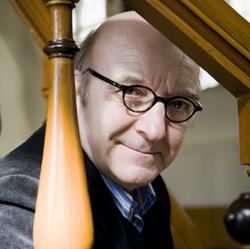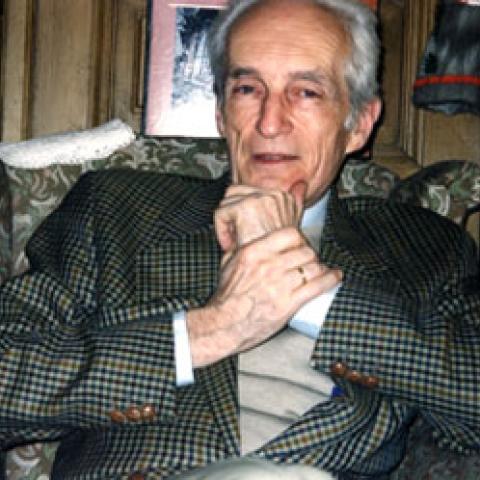
Dutch organist, composer, and conductor Jacques van Oortmerssen died November 21, 2015. He was 65. Born in 1950 in Rotterdam, the Netherlands, he studied at the Conservatory of Rotterdam, where he completed his soloist diplomas for organ, as a student of André Verwoerd, and for piano as a student of Elly Salomé; he did postgraduate study with Marie-Claire Alain in Paris. Awarded the Prix d’Excellence in 1976, he won the first prize the National Improvisation Competition in Bolsward, Netherlands, in 1977, and was runner-up in the Tournemire Prize in St Albans.
Oortmerssen served as professor of organ at the Conservatory of Amsterdam since 1979. In 1982 he succeeded Gustav Leonhardt as titular organist at the Waalse Kerk in Amsterdam, where he played the 1734 Christian Müller organ. Oortmerssen performed and taught at major festivals around the world and served as visiting professor at numerous European conservatories, as well as on the advisory board of the Göteborg Organ Art Center (GOArt) at the University of Gothenburg. His many recordings include the organ works of J. S. Bach (only nine volumes were released), and the works of C.P. E. Bach and Johannes Brahms.



